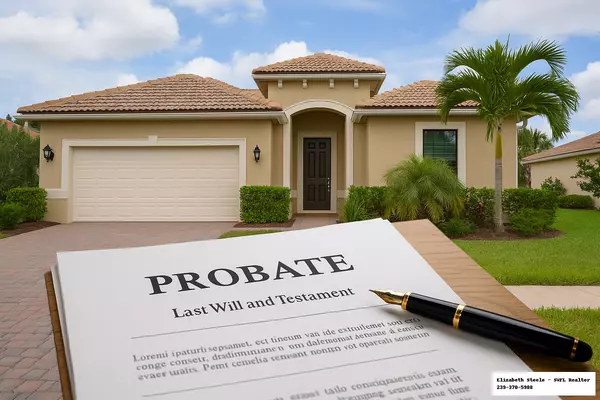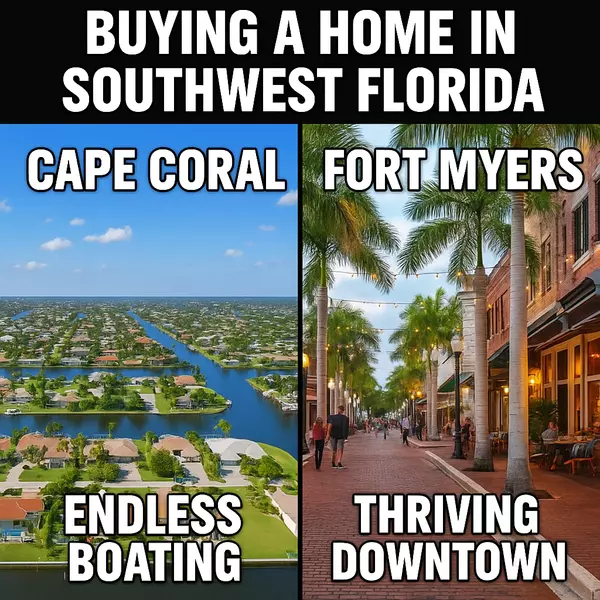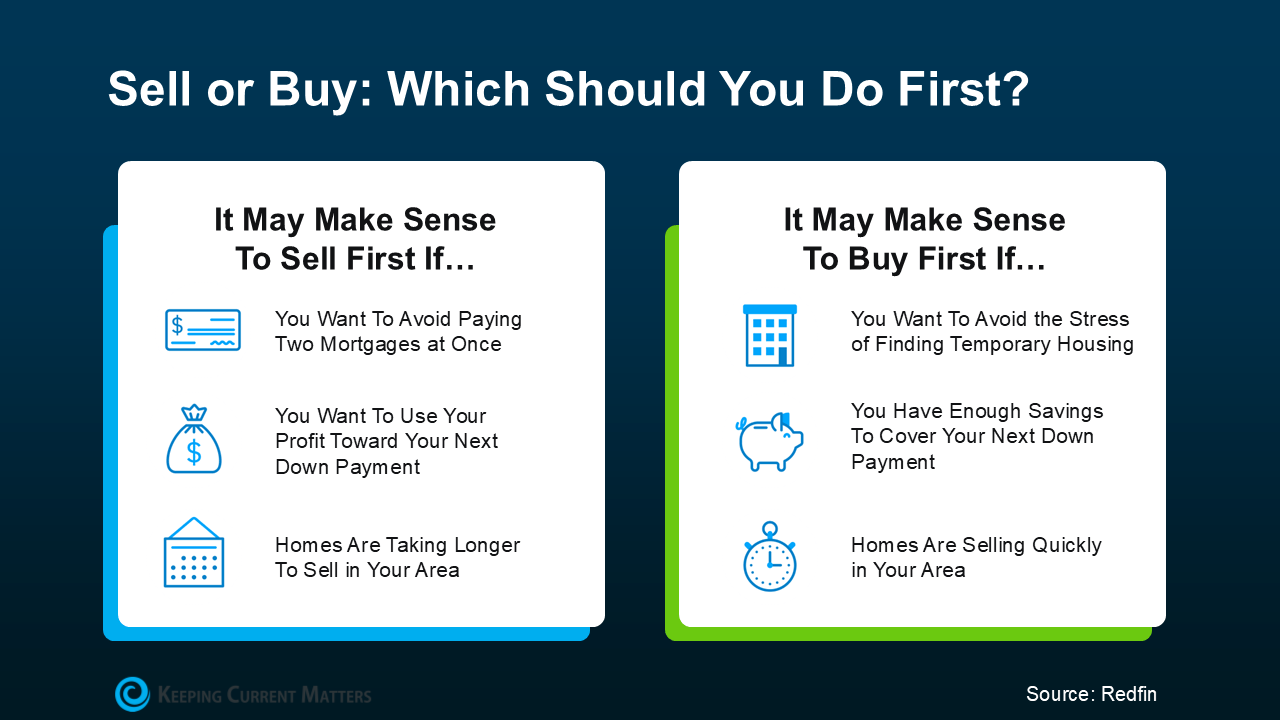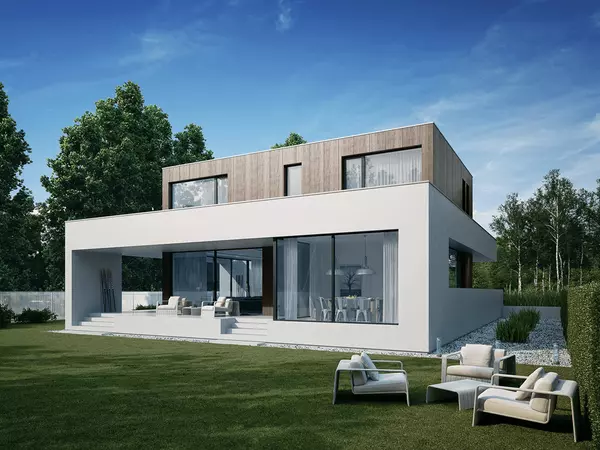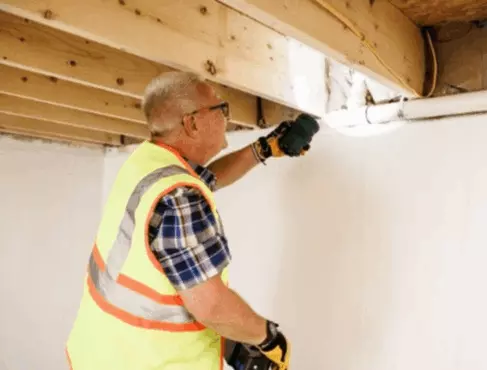Common Questions About 55+ Active Adult Communities
What is a 55+Community? Find out if it's right for you.
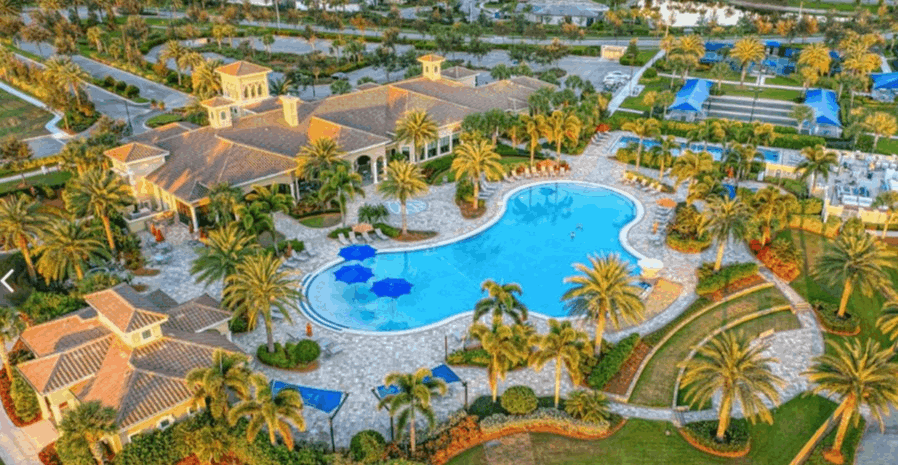
Among the many senior living options available in today's marketplace is the "active adult community." But what exactly does this term mean, and what distinguishes an active adult community from other senior living options? Here are answers to some common questions about this type of community.
Q: What is an active adult community?
A: An active adult community is a planned community designed specifically for people ages 55 and above. Typically, it contains single-family homes and various amenities such as a clubhouse, pool, and/or outdoor common areas. Residents usually must pay homeowners' association (HOA) dues, which cover the cost of outdoor maintenance and other community amenities.
An important key feature of an active adult community is that they are what's referred to as "age-restricted" or "age-qualified" communities. In most cases, this means that someone residing in each residence must be at least 55. Because of this, you will sometimes hear about active adult communities called "55-plus communities."
Aside from their age requirements, active adult communities aren't much different than any other residential community. Homes are owned by the resident (as opposed to a rental community) and can comprise single-family houses, multi-family patio homes, condominiums, or townhomes. Because residents of this type of 55+ community are still eager to live an active lifestyle into their retirement years, these communities often will be conveniently located near shopping, restaurants, parks, and other attractions.
Q: What is covered by the HOA fee in an active adult community?
A: Most active adult communities are specifically designed to offer a retirement-friendly, low-maintenance lifestyle, and their homeowners' association (HOA) fees help facilitate this.
While interior maintenance and daily upkeep/cleaning are the homeowner's responsibility within active adult communities, low-maintenance or maintenance-free exteriors and any community amenities are typically paid for by residents through their monthly HOA dues. Shared facilities like pools, golf courses, fitness centers, tennis courts, and more truly put the "active" in the adult community!
No more mowing the grass or painting the house: This low-maintenance lifestyle allows active adult community residents to enjoy their retirement, minus the burden of maintaining a yard or dealing with other exterior home maintenance chores or repairs. They can also take advantage of amenities like the community pool, tennis, golf, clubhouse, or walking trails without the hassle of upkeep.
Q: What other costs are associated with living in an active adult community?
A: Aside from HOA dues and a home mortgage payment (if applicable), residents in an active adult community usually have no other required monthly fees. Remember that the HOA fee only covers exterior maintenance/repairs and the costs associated with other communal amenities. Expenses such as utilities and homeowner's insurance usually are not included in the HOA fee.
There are other expenses that active adult community residents might incur. If a resident would like help with interior upkeep/cleaning, they would need to contract with a housekeeper. Additionally, unlike other senior living options, active adult communities do not have on-site dining facilities for residents, nor does the monthly HOA include any meals for residents. All meals are the responsibility of the resident.
It is important to understand that active adult communities also do not provide on-site healthcare services for residents. If a resident needs in-home care—assisted living services, for example—they would need to contract independently with a home healthcare provider to obtain those services.
Q: What are some advantages of living in an active adult community?
A: There are several attractive aspects to living in an active adult community during retirement.
- Low- or no-maintenance home exteriors are among the top selling points for seniors who move to an active adult community. Mowing, raking, and exterior painting are all past! Often, residents are downsizing from the larger home they raised their family in, so less interior square footage means less space to keep clean, which is also appealing.
- Making friends with other retirees: Residents of an active adult community are all at similar stages in life. Many have worked hard, raised their families, and now look forward to retirement. Having ready-made access to a group of potential new friends is another perk of living in a 55+ community.
- A quiet, predominantly child-free environment: The requirement that someone in each residence be at least 55 years old means that active adult communities are typically lovely, peaceful places to live. Of course, adult children and grandchildren are welcome to visit, but visitors are usually encouraged to be considerate of the quiet nature of these communities.
- Amenities: Whether you're looking to get some exercise, socialize, or stay active in other ways in your retirement years, active adult communities have something for you! In addition to tennis or swimming, residents often coordinate social events, affinity clubs, volunteer projects, or other ways for community members to stay active and involved.
Q: Is there any downside to choosing this type of senior living community?
A: With any big decision, there are likely pros and cons, though each might be in the eye of the beholder. It is worth considering a few potential drawbacks for seniors considering an active adult community for their retirement years.
- Lack of age diversity: The minimum age requirement of active adult communities—at least one resident must be at least 55—means there is inevitably a lack of age diversity within these communities. This might be attractive to some people, but others might find the age homogeneity undesirable.
- Loved ones under age 55 can't take advantage of your real estate investment: The age restrictions of active adult communities can sometimes be a drawback. If you perceive your active adult community residence as a real estate investment, remember that friends and family under 55 will not be permitted to use the property without a senior present.
- No care services are included: Depending on your proclivity to prepare for life's unknowns, the fact that active adult communities do not provide on-site assisted living or healthcare services of any kind might be seen as a negative. Of course, residents can always arrange for in-home care if needed. Still, residents of this type of 55+ community effectively operate the same as other seniors who are "aging at home."
The Best 55+Communities in Fort Myers, Florida
Q: Is an active adult community the right senior living option for me?
A: Active adult communities are a popular senior living option in the U.S., with many retirees drawn to the low-maintenance, carefree, active lifestyle they facilitate. The name alone — active adult — appeals to many new retirees who don't view themselves as "old" or even "seniors."
However, one key consideration should be factored into whether this is the correct type of senior living community for you. It is a feature that is absent from active adult communities: healthcare services.
If you are a person who crosses bridges when you come to them, who doesn't lose sleep over "what ifs," then the fact that an active adult community does not offer on-site healthcare services may be of no consequence to you.
If, however, you are the type of person who likes to be prepared for life's unknowns and who finds peace of mind in planning, this lack of on-site healthcare services might be a dealbreaker for you. For this type of person, a retirement community equipped to provide on-site long-term care or nursing care services if and when you should need them — such as a continuing care retirement community (CCRC) — may be a more attractive senior living option.
Senior living options to meet differing needs and budgets
When looking at the many different senior living options available today, it is essential to consider what features are most important to you and then weigh your various choices. As such, there are pros and cons to choosing to live in an active adult community. (You likely even have pros and cons that we didn't include in our lists above.)
It's also important to remember that some active adult community attributes also apply to other retirement communities. For instance, like an active adult community, most CCRCs provide their residents with various amenities and social events to encourage mental and physical activity. Also, like an active adult community, independent living rental communities and senior living apartments typically do not provide on-site healthcare services as a part of their monthly fees.
If you have any questions or need further advice, please get in touch with me. I'm always here to help!
Elizabeth Steele PA
Professional Real Estate Consultant
MVP Realty
realestateservicenow.com
Email: esteelerealestate@gmail.com
Phone: 239-370-5988
Categories
Recent Posts


